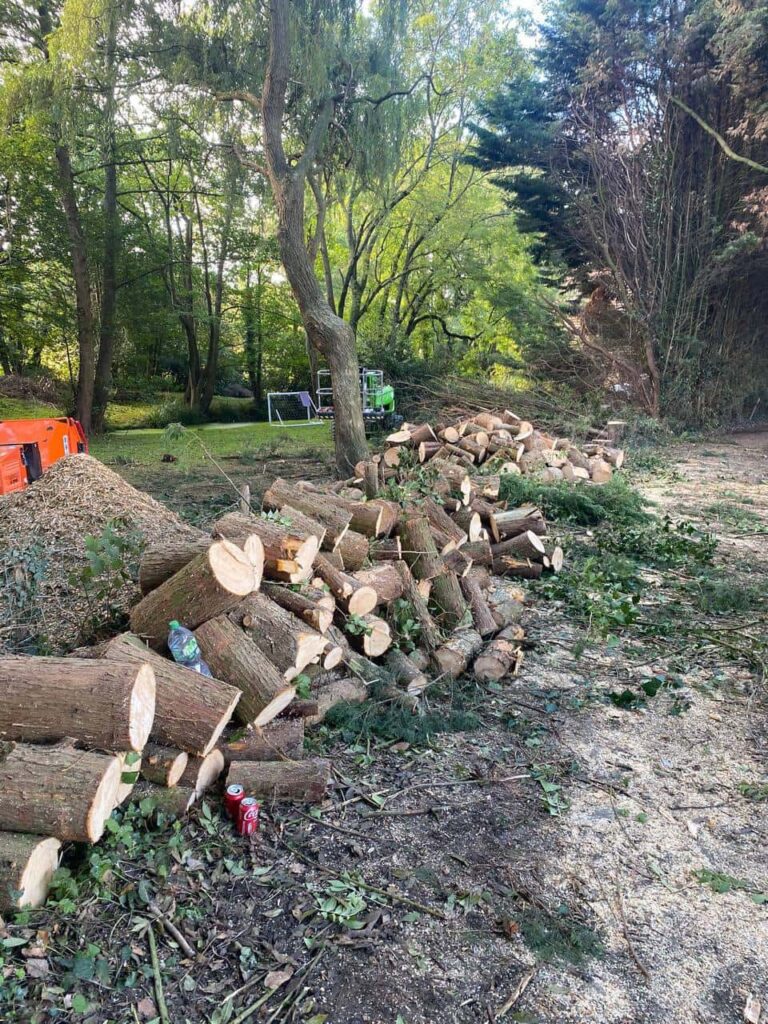Introduction
Trees add immense character, structure, and natural beauty to gardens and green spaces—but they don’t thrive without thoughtful care. For homeowners and property managers in Ely, Cambridge, pruning stands out as the most effective way to ensure trees stay strong, healthy, and attractive for years to come. More than just shaping, proper pruning supports a tree’s development, prevents hazards, and prolongs its lifespan.
At Ely Tree Surgeons, we understand that tree care isn’t a one-off task. It’s a long-term commitment. And pruning is the foundation of that care—targeted, expert-led interventions that keep your trees flourishing while protecting your property.
Key Takeaways
- Pruning strengthens tree structure and reduces long-term risks.
- Improves tree health by removing dead or diseased wood.
- Encourages balanced growth and better light penetration.
- Reduces potential hazards such as falling branches.
- Supports long-term beauty and value of your landscape.
- Minimises future maintenance costs by catching issues early.
Why Pruning Matters for Tree Longevity
Pruning isn’t just about trimming overgrown branches—it’s an essential part of responsible tree ownership. When carried out correctly, pruning helps trees grow in a healthy structure, improves air circulation, and removes dead or weak wood that could lead to decay or disease.
Without pruning, trees can develop unbalanced crowns, congested branches, or weak joints. Over time, these issues can cause structural instability or invite pests and fungi. Strategic pruning encourages strong framework development and promotes a resilient canopy—two critical components of a long-living tree.
Structural Health from an Early Age
Pruning young trees—known as formative pruning—sets them on the right path. By guiding their growth early on, we prevent awkward branching patterns and help build a stable structure that will hold up against wind, snow, and the natural stresses of time.
Safe Trees, Safer Properties
Unmaintained trees can pose real risks to homes, driveways, and footpaths. Pruning allows for regular health checks and proactive removal of limbs that could fall in a storm or heavy winds. It’s not just about safety—it’s about peace of mind.
When Should Trees Be Pruned?
The ideal time to prune depends on the species, age, and location of the tree. In general, most pruning takes place during the dormant season (late autumn to early spring) when trees are less vulnerable to stress. This makes it easier to assess the structure and minimises sap loss or pest attraction.
However, some types of maintenance, like deadwood removal or clearing overhanging branches, can be performed year-round. At Ely Tree Surgeons, we assess each tree individually and recommend the most effective schedule to suit its needs.
Types of Pruning and Their Long-Term Benefits
Different trees and scenarios call for different pruning techniques. Here are the most commonly used methods:
- Crown thinning: Selectively removing inner branches to improve airflow and reduce weight.
- Crown reduction: Reducing overall size while maintaining shape and balance.
- Crown lifting: Raising the canopy by removing lower limbs to allow clearance for people or vehicles.
- Deadwood removal: Eliminating non-living wood that could fall or spread decay.
- Formative pruning: Shaping young trees to develop a strong, natural structure.
These methods aren’t cosmetic—they directly influence how well a tree will perform over its lifetime.
Preventative Pruning Saves Time and Money
Waiting for a tree to show signs of distress is never ideal. Proactive pruning helps you avoid emergency call-outs, expensive removals, or damage to surrounding structures. Think of pruning as preventative maintenance—it’s a small, manageable cost today that helps you avoid larger repairs tomorrow.
Regular pruning also reduces future maintenance. A well-shaped tree is easier to manage as it grows, responds better to weather, and is less likely to develop dangerous weaknesses.
Local Knowledge Makes All the Difference
In Ely and surrounding parts of Cambridge, tree care demands local understanding. Native species, soil conditions, and seasonal weather all influence how and when pruning should be done. At Ely Tree Surgeons, we tailor our approach to fit each tree’s setting—whether it’s a mature oak on a country estate or a fruit tree in a small back garden.
We focus on tree preservation as much as presentation, combining expert technique with a deep respect for the local environment.
Conclusion
If you’re serious about long-term tree care, pruning isn’t optional—it’s essential. It protects your property, improves your garden’s health, and ensures your trees remain an asset, not a liability. Whether you’re managing young saplings or majestic mature trees, regular professional pruning is the single best way to invest in their future.
At Ely Tree Surgeons, we bring years of expertise to every pruning job—large or small. Ready to give your trees the care they deserve? Contact us today to arrange an assessment and see the long-term difference that expert pruning can make.
Call us on: 01353 880 893
Click here to find out more about Ely Tree Surgeons
Click here to complete our contact form and see how we can help with your tree needs.

